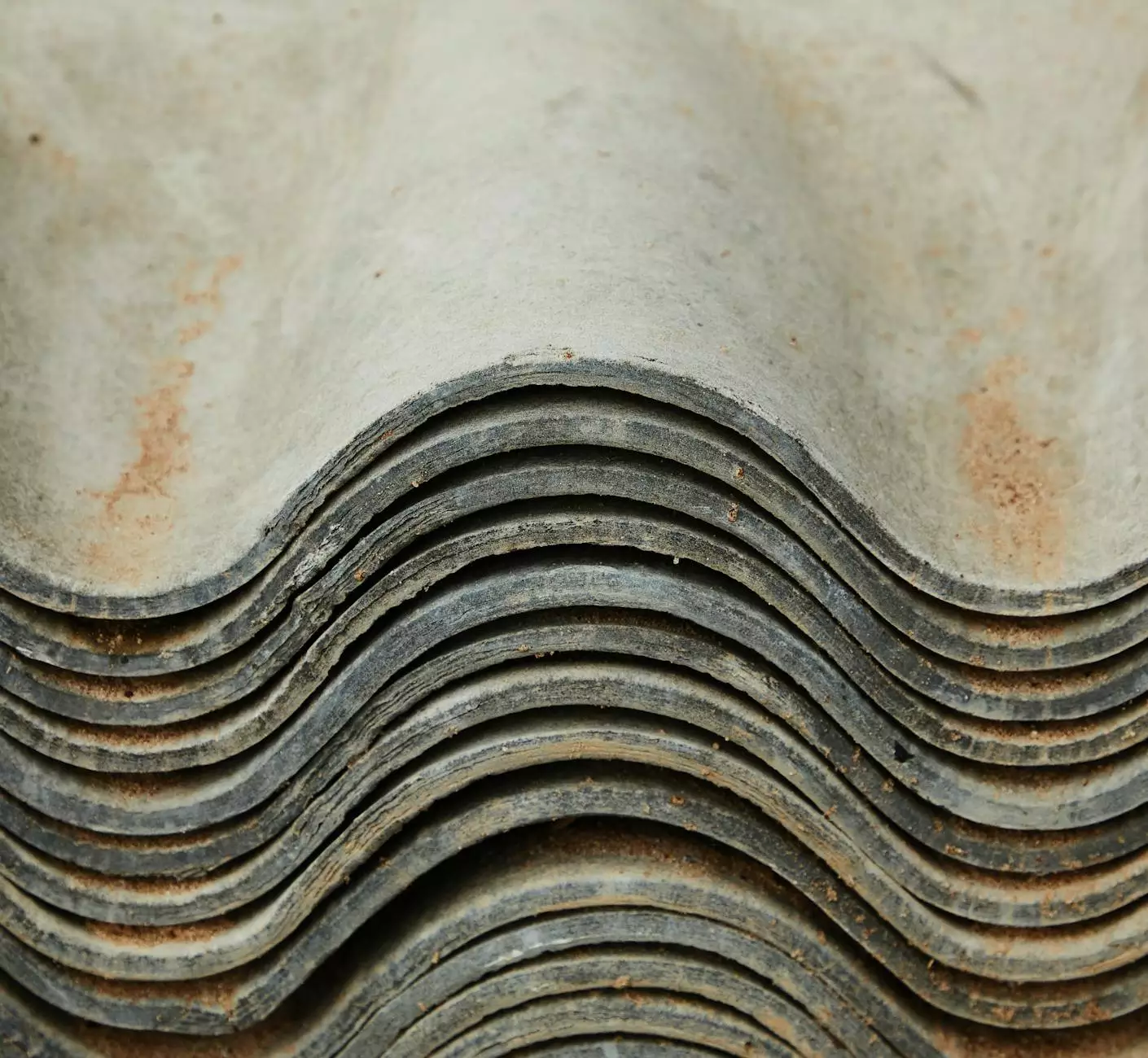How To Perfectly Put Rubber Roofing On Concrete?
Roofing Options
Introduction
Welcome to Glass Works Of Texas' comprehensive guide on how to perfectly put rubber roofing on concrete. In this article, we will provide you with expert advice and detailed instructions to help you complete the job with precision. Whether you are a DIY enthusiast or a professional contractor, our step-by-step guide will ensure that your rubber roofing installation is done to perfection.
The Benefits of Rubber Roofing
Before we dive into the installation process, let's take a moment to understand why rubber roofing is an excellent choice for concrete roofs. Rubber roofing, also known as EPDM roofing, offers numerous benefits, making it a popular choice for both residential and commercial properties.
- Durability: Rubber roofing is highly durable, with a lifespan of up to 50 years. It can withstand extreme weather conditions, including heavy rain, hail, and even UV rays.
- Flexibility: Rubber roofing is known for its flexibility, allowing it to expand and contract with temperature changes without sustaining any structural damage.
- Energy Efficiency: EPDM roofing has excellent insulating properties, helping to keep your home cool in the summer and warm in the winter. This can lead to significant energy savings over time.
- Easy Maintenance: Rubber roofing requires minimal maintenance, making it a hassle-free option for homeowners.
- Cost-Effective: Compared to other roofing materials, rubber roofing offers an exceptional value for money, especially considering its long lifespan.
Materials and Tools Required
Now that we have discussed the advantages of rubber roofing, let's move on to the materials and tools you will need to complete the installation:
- EPDM rubber roofing membrane
- Adhesive or roofing glue
- Seam tape
- Rubber roof caulk
- Roller or paintbrush
- Utility knife
- Cleaning solvent
- Measuring tape
Step-by-Step Guide for Rubber Roofing Installation
Step 1: Preparing the Concrete Surface
The first step in installing rubber roofing on concrete is to prepare the surface properly. Follow these steps:
- Clean the concrete surface thoroughly using a cleaning solvent to remove any dirt, debris, or existing roofing materials.
- Inspect the concrete for any cracks or damage. If you find any, repair them using a suitable concrete patching compound.
- Ensure that the surface is smooth and even before proceeding to the next step.
Step 2: Measuring and Cutting the Rubber Roofing
Next, you need to measure and cut the rubber roofing membrane to size. Here's how:
- Measure the dimensions of your concrete roof accurately, accounting for any overhangs or edges.
- Transfer the measurements onto the rubber roofing membrane, ensuring that you leave a few inches of excess material on all sides for proper coverage.
- Use a sharp utility knife to cut the rubber membrane along the marked lines.
Step 3: Applying Adhesive and Installing the Rubber Roofing
Now comes the crucial step of adhering the rubber roofing to the concrete surface. Follow these steps:
- Apply adhesive or roofing glue evenly across the entire concrete surface, using a roller or paintbrush.
- Allow the adhesive to become tacky, as per the manufacturer's instructions.
- Carefully position the rubber roofing membrane on top of the adhesive, ensuring proper alignment.
- Smooth out any wrinkles or bubbles using a roller or your hands, starting from the center and moving outwards.
- Pay extra attention to the edges and corners, making sure they are securely adhered.
Step 4: Sealing the Seams and Edges
To ensure maximum protection and prevent water leakage, you need to seal the seams and edges of the rubber roofing. Here's how:
- Apply a layer of seam tape over the seams of the rubber roofing membrane, ensuring proper coverage.
- Use a roller or your hands to firmly press the seam tape onto the membrane, ensuring a watertight seal.
- Apply rubber roof caulk to the edges and corners of the roof to create a secure seal and prevent any potential water penetration.
Step 5: Final Inspection and Maintenance
Once you have completed the installation, it is essential to conduct a final inspection and perform regular maintenance to extend the lifespan of your new rubber roofing. Here are some helpful tips:
- Regularly check for any signs of damage, such as punctures or tears, and repair them promptly.
- Ensure that gutters and downspouts are clear of debris to prevent water accumulation on the roof.
- Clean the rubber roofing periodically with a mild cleaning solution and a soft brush or mop.
Conclusion
Congratulations! You have successfully learned how to perfectly put rubber roofing on concrete. By following our step-by-step guide, you can now complete this task with confidence and ensure a long-lasting and reliable roofing solution for your property. Remember to prioritize safety during the installation process and seek professional assistance if needed. Should you have any further questions or require expert guidance, feel free to reach out to our friendly team at Glass Works Of Texas.




